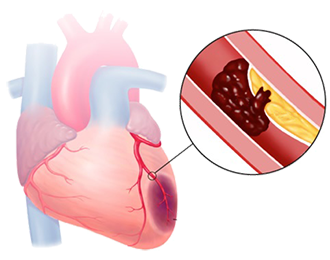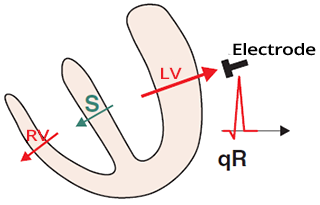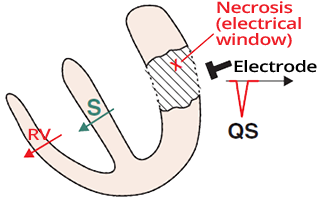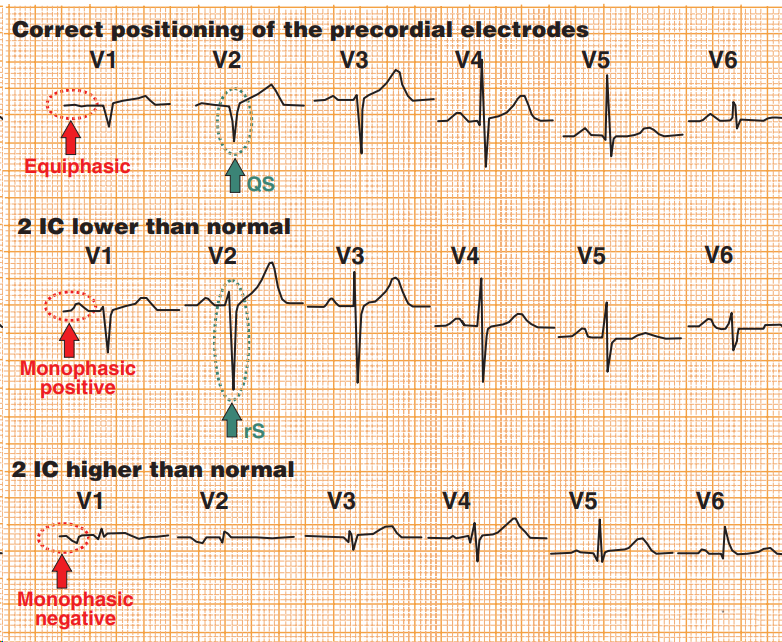
|
ECGbook.com Making Medical Education Free for All |
Upload ECG for Interpretation |

|
ECGbook.com Making Medical Education Free for All |
Upload ECG for Interpretation |


Dynamics of Ischemia After Occlusion

ECG Dynamics of STEMI Infarction



Old Inferior STEMI




Differential Diagnosis using V1-V2


Subacute Anterior STEMI


Old Inferior Wall Infarction


Subacute STEMI of the Inferior and Lateral Walls
Sources
Ischemia Dynamics in Occlusion
|

|

Dynamics of Ischemia After Occlusion

ECG Dynamics of STEMI Infarction
Physiological Q Wave
|

|
Infarction and Q Wave
|

|
ECG and Post-Infarction Q Wave
|

Old Inferior STEMI
|
|


|

|
Differential Diagnosis using V1-V2
|

|

|
Subacute Anterior STEMI
|

|

|
Old Inferior Wall Infarction
|

|

|
Subacute STEMI of the Inferior and Lateral Walls
|

|
Sources